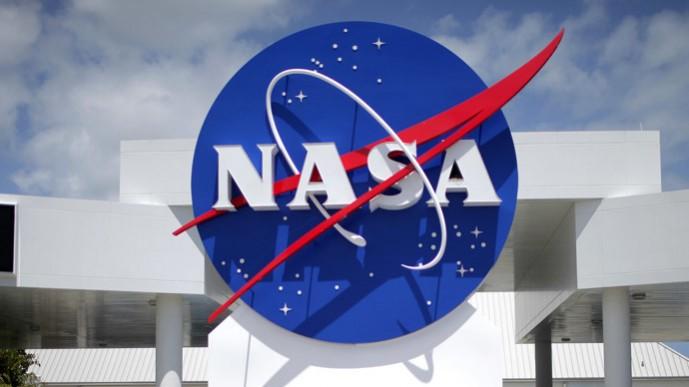NASA has completed a crucial hot fire test of the core stage of Space Launch System (SLS) rocket which is designed to power future Moon missions under the agency's Artemis program.
The successful test is a critical milestone ahead of the agency's Artemis I mission, which will send an uncrewed Orion spacecraft on a test flight around the Moon and back to Earth, paving the way for future Artemis missions with astronauts, NASA said on Thursday.

The team will use data from the tests to validate the core stage design for flight. "The SLS is the most powerful rocket NASA has ever built, and during today's test the core stage of the rocket generated more than 1.6 million pounds of thrust within seven seconds," acting NASA Administrator Steve Jurczyk said in a statement.
"The SLS is an incredible feat of engineering and the only rocket capable of powering America's next-generation missions that will place the first woman and the next man on the Moon."
Previous SLS Core test
NASA previously conducted a hot fire test of the SLS core stage January 16. But at that time the test did not go as planned. Following data analysis, NASA determined a second, longer hot fire test would provide valuable data to help verify the core stage design for flight, while posing minimal risk to the Artemis I core stage.
During the second hot fire test, the stage fired the engines for a little more than eight minutes, just like it will during every Artemis launch to the Moon. The longer duration hot fire tested a variety of operational conditions, including moving the four engines in specific patterns to direct thrust and powering the engines up to 109 per cent power, throttling down and back up, as they will during flight, NASA said.
Next, the core stage for SLS will be refurbished, then shipped to NASA's Kennedy Space Center in Florida. NASA said that SLS is the only rocket that can send the Orion spacecraft, astronauts, and supplies to the Moon on a single mission.
The exploration of the Moon with NASA's Artemis programme includes preparations to send astronauts to Mars as part of America's Moon to Mars exploration approach.









